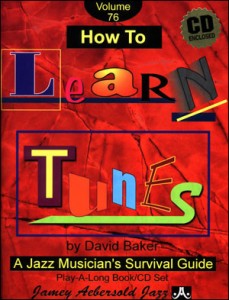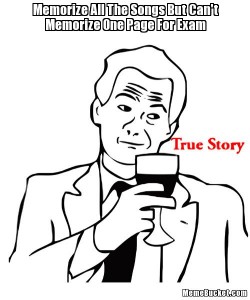For the jazz musician, it is important to know a large repertoire of standard tunes. Perhaps you get the chance to sit in with another band, or meet a great group of players whilst traveling? Maybe you are not the quickest sight reader, or printed music simply isn’t available. Perhaps you merely want to improvise on a tune without having to learn it simultaneously. Whatever the reason may be, it is not a bad idea to know some tunes.
If you are like me, memorizing endless songs, chord progressions, and melodies is a long process of repetition. I usually do not have that sort of time on my hands, so I do not assume that anyone else does, either. Apart from that time restricting thing we know as “life,” the way jazz and music in general is taught has greatly impacted how we as musicians learn. For much of its’ early history, jazz music was an aural tradition. You learned jazz music from other people, and maintained if by playing it all the time with your friends. Nothing was written down. Now we have so many resources and learning opportunities compared to early players. Now, instead of learning the music from a fellow performer, most jazz education takes place in a classroom in front of a white board, not on the bandstand. Many will learn to read music, but never really play it. Imagine if you learned to read an write the English language, but never actually spoke with anyone. When the time came to speak, do you think you will be good at it? Probably not. Playing jazz is just the same.
Now, do not get me wrong, I am not bashing music education in the slightest. I am, after all, a student of music right now. Music education is wonderful, and I am glad to have taken part in it. While it is a beneficial thing, it is not the same thing. Together, a classroom education paired with a “jam session education” will make for a well rounded player.
As David Baker says in the introduction, “Tradition and necessity demand that the most performed tunes be at the player’s fingertips, to be played without the use of a fakebook or other written materials. This is a necessity in many situations, including jam sessions, hastily organized gigs and/or recording sessions, and when joining a group which is already working or when the player in question is beginning with a new group.”
Toward this aim, Baker also give us eight main goals of Volume 76, “How To Learn Tunes.”

